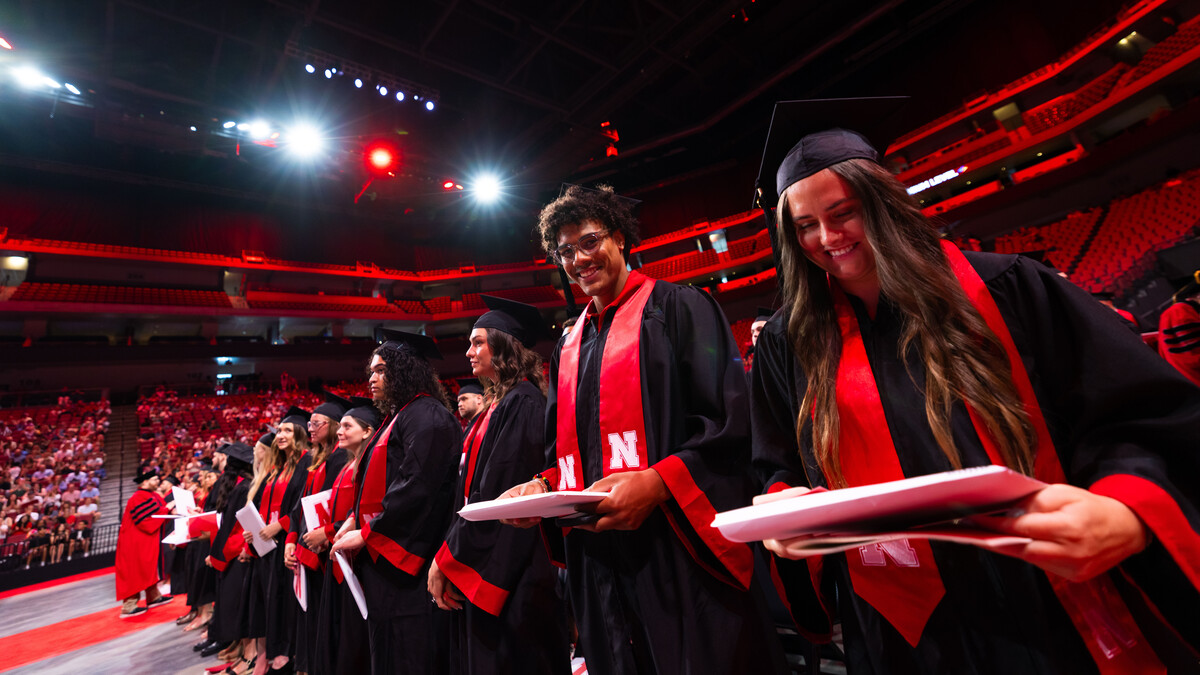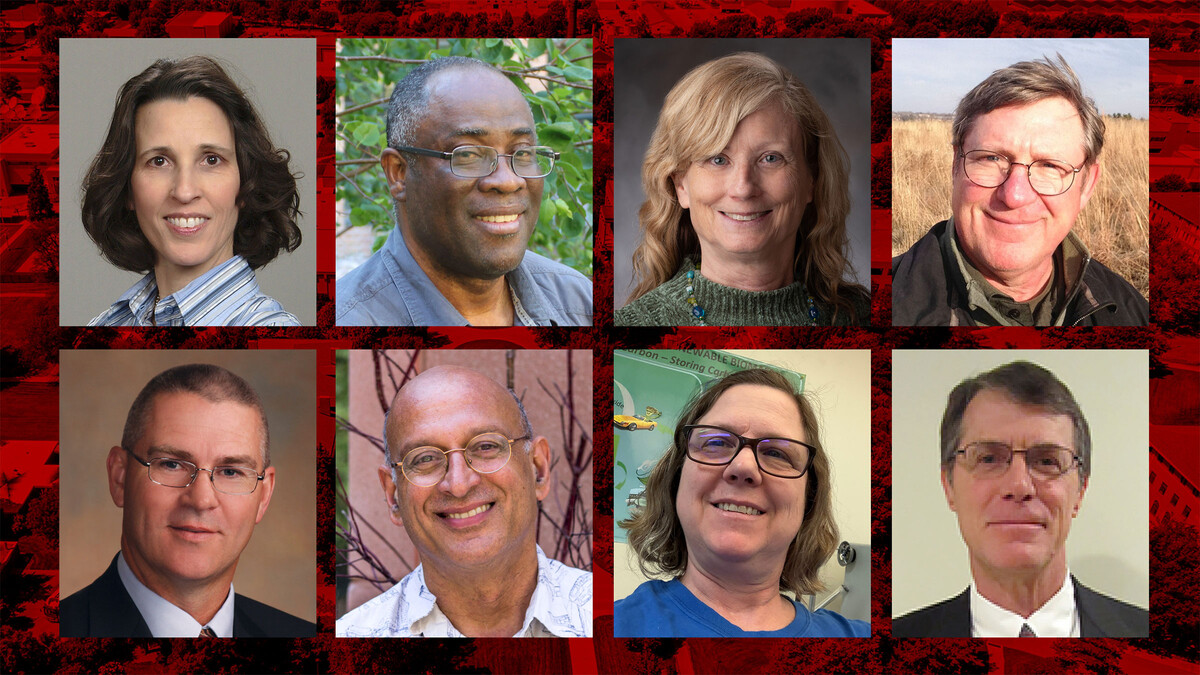February 18, 2016
Lincoln, Neb. — Preventing pests from entering buildings and structures – rather than trying to control them once they’re in – is a key message from the 24th annual Urban Pest Management conference in Lincoln.
Sjripat KambleAlso at the Feb. 9-10 conference, longtime conference coordinator University of Nebraska-Lincoln entomologist Shripat Kamble announced this would be his last, in order to devote more time to research and other Nebraska Extension programs.
The annual conference is sponsored by UNL Extension and the Nebraska State Pest Control Association, in cooperation with the Nebraska Department of Agriculture.
Bobby Corrigan, RMC pest Management Consulting of Richmond, Ind., and part-time rodent researcher for New York City, is an annual presenter. This year his emphasis was on strategic pest control.
“Pest management is a deep, deep science,” Corrigan told the 133 participants. “Pests are complex.”
Understanding pest habitat can prevent pests from invading in the first place, and could radically change pest management.
For example, biologists need to be involved when a building is designed and built, Corrigan said, because they know ways to avoid pest entry. And tools such as aerial maps can be useful in identifying places where pests may originate, such as in nearby forage or tree habitat. The finest restaurants and office buildings are not exempt from rodent invasion; Corrigan also showed how a 9 mm gap between doors is an ample entry for mice, which he called the second most successful mammal on earth.
Clients need to be willing partners to solve pest management problems, Corrigan said, and pest managers must keep educated through venues such as the UPM conference, and by reading trade and scholarly journals.
Bob Davis, market development specialist with BASF Pest Control Solutions in Pflugerville, Texas, said the most dangerous known animal is the mosquito. Insects, he added, contribute to up to one-third or more food loss in Third World countries. Davis also explained new pesticide label wording.
Travis Aggson, vice president at American Pest Management in Manhattan, Kan., discussed winning and retaining clients. The cost of obtaining new clients is 15 times more than keeping current clients, Aggson said. Being prompt, courteous, tidy and clean make favorable impressions, he said, adding correct diagnostics, a genuine interest in clients and involving them in decisions create business loyalty.
Several of this year’s 52 topics were on bedbugs, which cause considerable anxiety and expense to control although aren’t known to transmit disease to humans. Other topics included climate change and pest migration, insect biology, bee stings and allergies, bats, ticks, termites, roaches, new methods in products, and in procedures such as fumigation.
UNL’s Pesticide Safety Education Program presented ways to keep applicators safe with protective gear.
Nebraska’s UPM conference is nationally known for its targeted, quality education and its self-tutorial laboratory, said Kamble, who has coordinated the conference since 1997. He, too, is nationally known for his research in cockroaches, termites, ants and bedbugs. In 2012 Kamble received the Distinguished Achievement Award from the National Conference on Urban Entomology. He also is a chair of the examining committee for Board Certified Entomologists offered by the Entomological Society of America.
Discussions will be underway regarding future conferences.
Designed for pest management professionals, sanitarians, food service and food processing plant workers, grain fumigation specialists, public health workers and termite inspectors, the conference also boasts an open laboratory with hundreds of insect exhibits and literature. By attending the lab and other sessions, participants earn credit toward their state certification or recertification in four areas: 08-Structural/Health Related Pest Control, 08W-Wood Destroying Organisms, 09-Public Health Pest Control and 11-Fumigation.
From 2000-2015, the conference has had more than 3,000 participants, Kamble said. Ninety-eight percent of participating pest management professionals report gaining knowledge and biology of pests. Sixty-six percent reported using non-chemical management as a result of the conference.
Cheryl Alberts Irwin
Pesticide Safety Education Program
402-472-1696
calberts1@unl.edu







